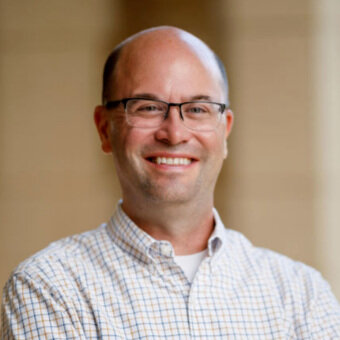
Religious freedom, I believe, is a fundamental human right. Religious freedom does not matter because the Constitution protects it; instead, the Constitution (like modern human-rights law) protects it because religious freedom matters. It is not a gift from the government; it is a limit on the government. Every person, because he or she is a person, has the right to religious liberty—to embrace, or to reject, religious faith, traditions, practices, and communities. This freedom is enjoyed by, and is important to, religious believers and nonbelievers alike. Religious freedom, protected through law, helps both individuals and communities to flourish. It protects the “private” conscience and also promotes the “public,” common good. Religious or not, devout or not, we all have a stake in the religious-liberty project, and in the success of what Thomas Jefferson called our First Amendment’s “fair” and “novel” experiment.
Now, it is true that religious freedom is sometimes inconvenient for overreaching governments. Sometimes, it comes at a cost. Sometimes, it benefits people we think are just weird. Sometimes, it is abused. The same is true, of course, of other constitutional rights, like the right to be free from unreasonable searches, or the right to remain silent, or the right to protest and dissent. Legal and constitutional protections for fundamental human rights are sometimes inefficient; they sometimes get in the way. That our fellow citizens have constitutional and other legal rights means, sometimes, that we have to tolerate a lot of speech and action that we don’t like, that we disagree with, that irritates us, and that offends us. Religious freedom and free speech mean, necessarily, that there will be dissent, and dissenters. After all, if everyone agrees, these freedoms are unnecessary. A premise of our Constitution, though, is that—all things considered—they are worth it.
In the United States, our understanding and our practice of religious freedom are tightly linked to an important but complicated idea: the “separation of church and state.” These specific words do not appear in the Constitution but, correctly understood, I believe that they capture an important truth about what the First Amendment means for “faith” and “politics,” and for “church” and “state.” In my view, our governments and our laws are, and should be, “secular” . . . but in a way that is (as Pope Emeritus Benedict once put it) “positive” and “healthy,” cooperative and balanced. America’s Constitution, laws, traditions, and practices distinguish between—that is, they separate— “church” and “state” precisely in order to protect religious freedom. And this protection is meant to apply in private, and also in public, including in “politics.” We should be, as one scholar has put it, appropriately secular, without being aggressively secularist. To appreciate the “secular” is not to be un- or anti-religious. That is not what the word means; it simply refers to those matters that are temporal, or of this world, rather than the next. And the affairs of government are and should be the affairs of this world.
Americans have a deep historical and constitutional commitment to religious freedom, but we often disagree—and these disagreements appear to be sharpening—about what our constitutional commitment to religious liberty means, in practice. The interplay between American law and religion is unsettled and in flux. Some say the idea of “religious freedom” has become more controversial in recent years because it is linked in people’s minds with large corporations, and contraception coverage, rather than with Amish schoolchildren or the rituals of the Native American Church. We disagree about how to strike the balance between religious freedom, on the one hand, and different commitments and values, on the other. Most of us probably believe that religious minorities and dissenters can be accommodated, at least to some extent. But, we might wonder, where is the limit?
Some are concerned that what once seemed like an underlying consensus about the foundational importance of religious liberty is breaking down, and that more and more people are rejecting the idea that religious beliefs and practices deserve any special treatment. You can tell a lot about a cultural moment by what the leading newspapers choose to put in “scare quotes” and, increasingly, when I scroll through the internet, I see them placed around “religious freedom.” Some are concerned that, at least in some contexts, we are backsliding on our religious-liberty commitments, and becoming less willing to tolerate—let alone to accommodate—inconvenience, disagreement, pluralism, and offense. What President Clinton nearly 30 years ago called, “our first freedom” seems, sometimes and in some cases, to be vulnerable—like a luxury we can no longer afford or a childhood hobby we have somehow outgrown.
I share these concerns. It is good to remember that even fundamental rights cannot be taken for granted. However, it is also true—and it is also worth remembering, as we are bombarded with news from around the world of oppressive and increasing religious persecution and religiously motivated violence—that, notwithstanding our controversies, we are fortunate and blessed. According to the Pew Research Center, 75 percent of the world’s people are denied meaningful religious liberty by their governments. In North Korea, China, Syria, Nigeria, and in far too many other places, the question is not whether a war-memorial cross may be displayed in the desert, or whether nuns should have to include contraception in their health-care plans, or whether a kid should be able to use a public scholarship to attend a religious school. It is, instead, whether a church will be demolished, a family will be attacked, a religious minority will be rounded up for re-education camps, or an alleged heretic’s execution will be paraded before the world on YouTube. In so many places, so many people pray for the day when they will have the luxury of arguing about which minister may say which prayer at the opening of a town-council meeting. Our religious-freedom situation is not perfect, but it is still worth appreciating.
My friend, Professor John Witte, one of the leading scholars of religious-liberty law in America, has reported that the “bold constitutional experiment in granting religious liberty to all remains in place, [but also] in progress, in the United States.” This experiment is sometimes contested, and controversial, and even vulnerable, but it has, in the words of James Madison, added “a lustre to our country,” just as he hoped it would. And, I hope it will continue to do so, and that a deep commitment to religious freedom will continue to be something that “shines” about the United States.
It is true that American society, culture, demographics—and religion—are changing. More and more people—sometimes called “the nones”—report that they are not affiliated with any particular religious tradition. Although, interestingly, many of these same people report a variety of religious-sounding beliefs and practices, like Soul Cycle, and recycling. Religious institutions are just as likely to be regarded with suspicion and to be held in high regard. There are a lot of books being written by stridently evangelical atheists, who slam “the God delusion” or lament the fact that “religion poisons everything.” And yet . . . our experiment continues.
I mentioned the idea of “separation of church and state” above. We can better understand this idea, and its place in ou
r constitutional law, if we pair, and compare, the word “separation” with another one that just happens to rhyme: “integration.” As a law teacher, I invite students to bring their commitments, values, and hopes to their studies, and also to carry them back out—in good shape, and perhaps better understood—to their lives in the law. We cannot expect young lawyers to think deeply and well about service, and justice, and the common good if we tell them to privatize their ideals or to put up a wall between the meaning of life and the practice of law. And so, we do well to urge our students to approach their professional vocations as whole persons. We should challenge them to integrate what they do with what they believe. We encourage them to remember who they are and to resist the temptation to “check their commitments at the door.”
What do these law-teaching practices have to do with the idea of church-state “separation”? Just this: the fact that religious and political authorities are distinct, or “separate”, is perfectly compatible with the other fact that, under our Constitution, we are entirely free to participate in public life, to make our way in the marketplace, and to cooperate with our fellow citizens, as whole and integrated persons—in other words, as ourselves. This is what religious freedom is about.
Aristotle was right: We are “political animals.” By this he meant that it is part of our nature to “do politics,” to gather in communities and around shared values, to pursue common goods and goals, to take care of each other. In this way, we also take care of ourselves. We are also, many of us believe, creatures made in the image and likeness of God. We are also, many of us think, “hard wired” to search for, and cling to, the transcendent, and to a truth about what it means to be human. On this view, part of what it means to be human is to be both “religious” (broadly understood) and “political.” Of course, this view might be wrong. Certainly, many people reject it. But, nothing about the Constitution of the United States requires us to reject it. And, nothing in America’s tradition of church-state “separation” requires those who do hold this view to accept dis-integration as the “price of admission” to public life.
To be clear, we wisely distinguish, or “separate,” religious and political authority. This is what the “separation of church and state” is supposed to mean. Those who drafted and debated our Constitution knew what a coercive national “establishment” of religion looked like—they knew about situations where kings picked bishops and bureaucrats were in charge of liturgy and prayer—and they knew they did not want one. (Now, many of them were comfortable with what John Adams called “mild and equitable establishments” at the state level, but that is a topic for another day.) They did not, however, believe that it was necessary—or even possible—to build a high “wall of separation” between “faith” and “public life.” They emphasized, again, the distinction between “religious” and “political” authority, while respecting the proper place and role of both. They did this—as James Madison famously and eloquently argued—not to cage “religion” or enclose it behind a “wall” but instead to protect religious freedom, which includes the freedom to build and live an integrated, balanced, public life.
Richard W. Garnett is the Paul J. Schierl/Fort Howard Corporation Professor of Law at the University of Notre Dame. He is a leading authority on questions and debates regarding the role of religious believers and beliefs in politics and society. Garnett is also a scholar with RFI’s Freedom of Religious Institutions in Society Project.
This article is based on Constitution Day remarks Garnett delivered on September 23, 2021, at The Citadel in Charleston, South Carolina.
All views and opinions presented in this essay are solely those of the author and publication on Cornerstone does not represent an endorsement or agreement from the Religious Freedom Institute or its leadership.
THE RFI BLOG
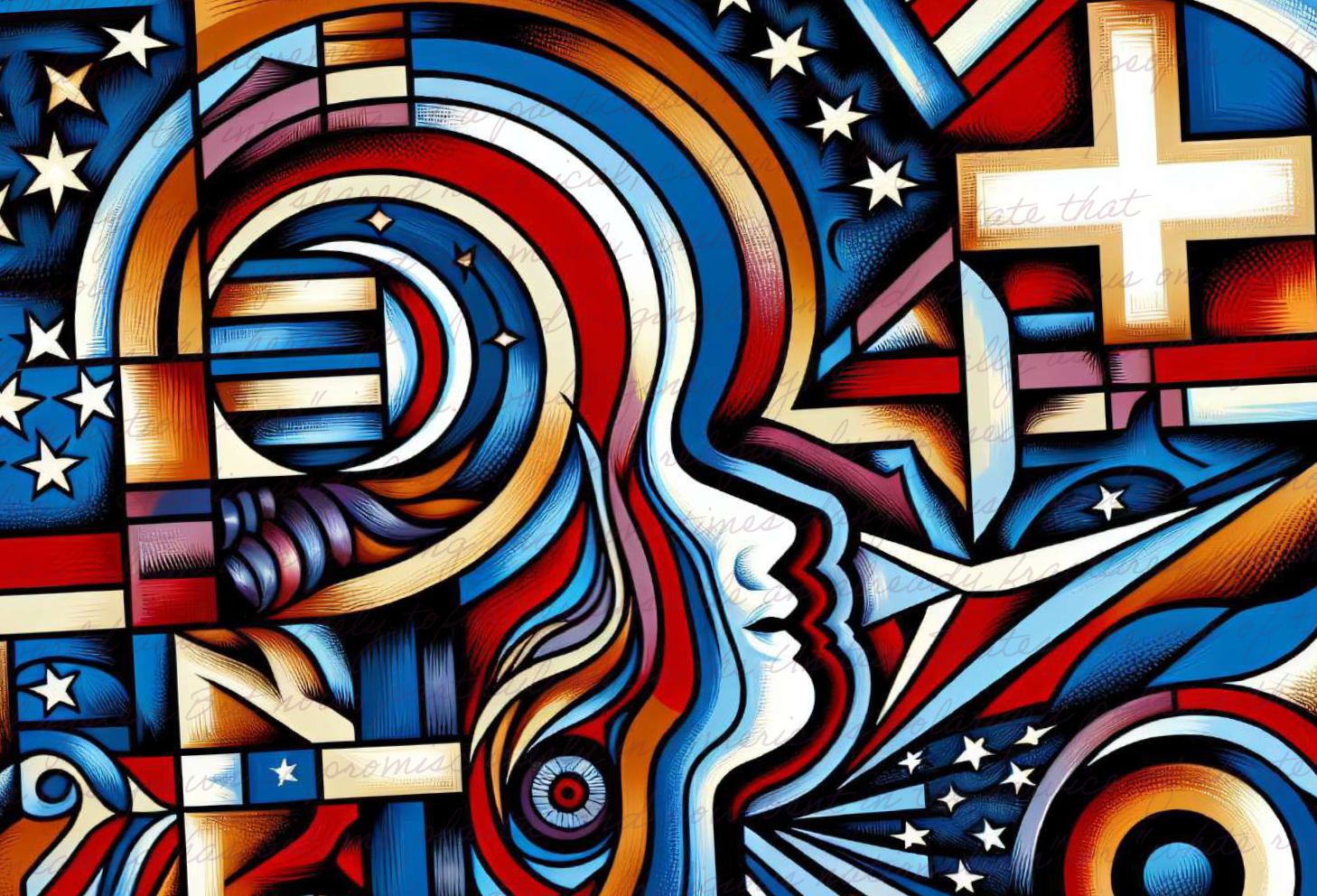
Myths of Religious Nationalism in America and Abroad

France’s Olympic Hijab Ban Violates International Law And Exacerbates Tensions
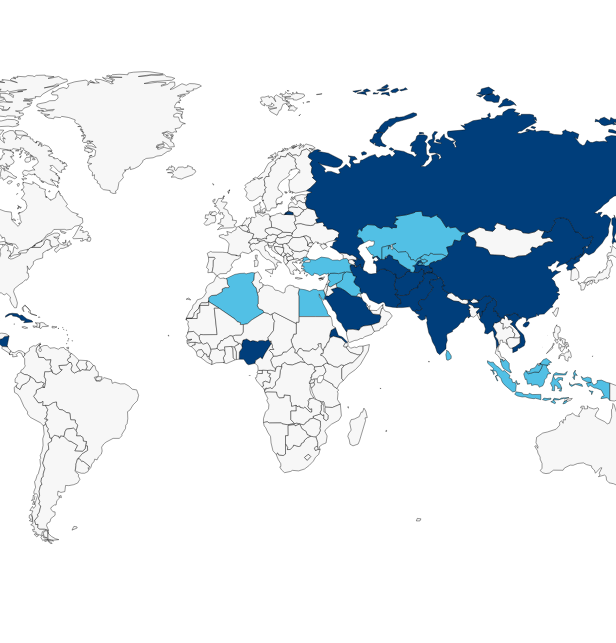
RFI Briefs USCIRF on Lessons from 25 Years of U.S. Designating Religious Freedom Violators
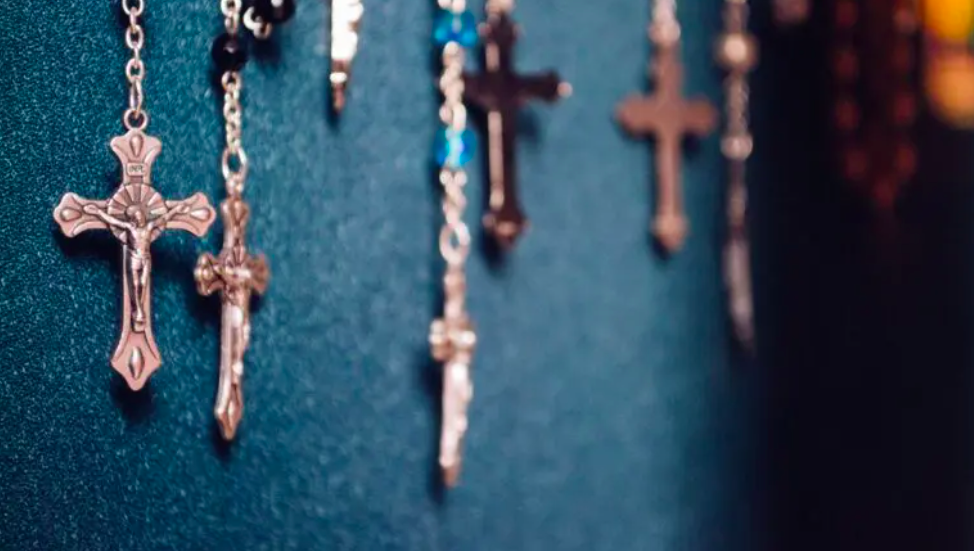
Thought Police: Protecting the People from Prayer
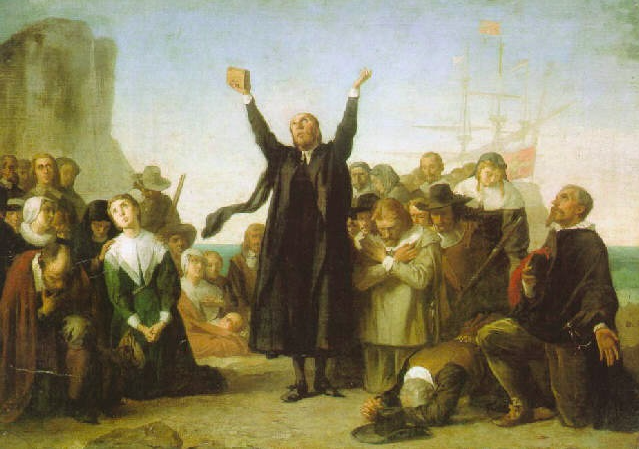
A Religious “Delaware”: Establishing a State Haven for Religious Corporations
CORNERSTONE FORUM

Challenges to Religious Freedom in Iraq and the Critical Need for Action

Public Bioethics & the Failure of Expressive Individualism

Religious Liberty in American Higher Education

Scotland’s Kate Forbes and the March of Secularism

